All sportsmen and women who have ever practised physical activity know the muscular pains linked to aches and pains. These are caused by a major effort on the muscle and therefore appear in the days following a intensive sports session. Stiffness in bodybuilding is very common, both among beginners and experienced athletes. Some regulars of the fitness rooms even consider the curvatures as a proof of the effectiveness of the movements carried out. But what is it really? Is it really necessary to feel muscular fatigue at the end of a weight training session? And how to relieve muscle soreness naturally? A little clarification is needed to understand everything about this phenomenon inherent in physical exercise.
What is a muscle ache?
In bodybuilding, muscle soreness is defined as muscle pain felt after a workout. Less serious than a tear, they result from small muscle fibre damage caused by a fairly intense physical effort.
In most cases, they appear within 12 to 72 hours after the end of physical activity. However, it is important to note that this onset time can vary from one individual to another. The same is true for their duration, which depends on a number of factors. They can last more than a week in a beginner athlete, against only a few days in a trained athlete.
The individual's muscular history, the weight-training program The intensity of the exercise and its duration influence the duration of the aches and pains. The same applies to the natural remedies used to relieve them. After having undergone such micro-traumas, the muscles will rebuild and thus become stronger to support the muscle building sessions to come. Even if it can be painful, having muscle soreness is not dangerous.
Why do I get aches and pains after doing sports?
A normal phenomenon after a workout
Contrary to popular belief, aches and pains are small muscle injuries that are not caused bylactic acid accumulated during exercise.
They are actually caused by microtrauma to the muscle fibres during training. These lesions appear in particular when you carry out eccentric movements. As opposed to concentric contractions, eccentric muscle work occurs when a muscle stretches. In other words, the length of the muscle increases while it is under tension.
During a sports session, this muscle contraction The so-called eccentric training can therefore involve the quadriceps as well as the calves or biceps. In this case, the muscles used suffer damage to the individual muscle fibres and the surrounding connective tissue. In order to repair this damage as quickly as possible, the body causes a inflammatory response. This results in the appearance of pain at the level of the traumatized muscle: these are the aches and pains.
It is important to note, however, that these micro-tears are normal after a sports practice, whether it is weight training, fitness, running or a discipline such as football, athletics or handball. They are in fact essential to develop your muscular growth. There is therefore no need to worry if you feel aches and pains after a pectoral or leg training session.
To repair these injuries, the body naturally undertakes a reconstruction of the muscle fibres. This recovery process is essential and will allow the muscle to become stronger. This is the principle of a muscle gain ! Of course, training must be complemented by a good nutritional intake to enable you to achieve such a goal.
How to recognize aches and pains?
As mentioned earlier, these small injuries manifest themselves as muscle pain. They appear when the body is subjected to rather intense exercise.
It is therefore common to feel aches and pains when you start a new weight training program for the very first time. Your body is not yet accustomed to the intensity of the physical effort required.
The characteristic signs of these small lesions are a painful sensation and some stiffness in the affected joints. This muscle painThe pain is often less severe than cramp or contracture and is often accompanied by a loss of strength.
The combination of all these symptoms leads to a significant reduction in the mobility of the affected area. Other effects may be added to these initial signs, from fatigue to headaches, skin rashes or, in rarer cases, the appearance of a fever.
Is muscle soreness a good sign?
In bodybuilding, muscle soreness affects both beginners and experienced athletes. So whatever your level, is muscle soreness a good sign?
If you're a regular gym-goer, you've probably heard phrases proudly uttered such as "I had a great arm workout, my biceps and triceps are on fire! " or " Yesterday I worked my pecs and today I can't spread my arms! ". But in reality, is feeling sore synonymous with a good workout and optimal muscle development?
Contrary to popular belief, painful muscle injuries can be both harmful and beneficial to the body.
The beneficial lesions have an important impact on progress. They are the result of a quality training plan that has been meticulously put in place. Such a work program is mainly based on a variation of the loads (generally heavy) and the number of repetitions during each exercise.
In order for the aches and pains to be beneficial to the body, it is essential to execute the various movements perfectly. The pains will thus be limited to the worked zones, and will have to appear as far as possible from the tendons. In the same way, muscle soreness at the end of a workout should not limit your ability to move or the amplitude of your movements.
Conversely, harmful muscle soreness is caused by poorly performed movements and stretching. Too much range of motion can also cause damage to the tendons.
Movements that cause the insertion points to move away too often cause tendonitis, among other things. To avoid this type of injury, it is important to understand the movements to be performed. It is equally important to carry out your bodybuilding sessions with adapted loads and to always work with flexibility.
Finally, it is possible to work a muscle optimally without getting sore, just as the reverse is also true. The fact that you have corbatures after sport is not always a sign of a good quality session. It simply means that the muscle cells are rebuilding.
Can we avoid aches and pains?
In bodybuilding, these tissue injuries are very common. It is therefore not uncommon to have muscle soreness after training. However, it is quite possible to reduce their intensity.
The best way to achieve this is to perform controlled movements in each exercise. It is also essential to warm up before each session. To limit the occurrence of muscle pain, your warming up must be adapted to the training program.
Of course, it is advisable to carry out exercises adapted to your own physical capacities and to practice bodybuilding in a progressive way, especially if you are a beginner. It is advisable to vary the movements to avoid getting your body used to a single exercise and thus promote muscle congestion. Also remember to keep yourself well hydrated to promote a better flow of oxygen to the muscle fibres and help them recover better.
Finally, it is important to stretch regularly. Performing Stretching and stretching sessions in the hours following muscular activity promotes recovery.
Can you work out with muscle soreness?
Should I train when I have muscle soreness? It is absolutely not advisable to do sport with muscle soreness so as not to aggravate existing injuries. This would prevent the muscle fibres from rebuilding properly.
It is up to you to adapt your training program and find solutions to allow your muscle cells to regenerate. If you train in full body or half body, you normally have one day of rest between sessions to recover. Otherwise, do a lighter session.
If you train in splitIn the case of a training session, you don't have this problem because you work a different muscle group every day. The micro-tears in your muscles therefore have ample time to rebuild and the risk of overtraining is limited.
How to relieve aches and pains?
Stretching after a strength training session will help you to reduce muscle soreness. But it is possible to relieve aches and pains and promote muscle recovery in different ways.
First and foremost, it is essential to adopt a healthy and varied dietwith a basic pH. A good daily intake of protein at a rate of 1.5 to 2 grams per kilo of body weight is essential to ensure the repair of fibres, allow the growth of muscle mass and limit muscle soreness.
As mentioned earlier, if you suffer from muscle soreness, one of the best remedies ishydration. For your body to function perfectly, it is officially recommended to consume about 2.5 litres of water per day. Sports enthusiasts need to drink even more to make up for the losses that occur during their training.
To reduce soreness, your diet and hydration can be supplemented with a protein intake from food supplements. Associated with taurine, amino acids such as BCAAs actively participate in the prevention and repair of these injuries.
The cold is also an effective solution to relieve this type of pain, without having to resort to cryotherapy. Thanks to its analgesic actionThe cold promotes blood circulation and helps the body to activate its drainage process. Simply apply an ice pack to the painful muscle area two to three times a day for about 20 minutes.
You can also get massage by a physiotherapist or a health professional. This naturally relieves aches and pains. A light massage with an analgesic ointment or peppermint essential oil is a very good solution. It is also recommended to take a hot bath to relax traumatized muscles.
Finally, as a last resort, paracetamol or painkillers may be necessary to relieve persistent muscle pain.
Muscle injuries that occur after sports activity are very common in the world of bodybuilding. To be beneficial and promote muscle mass gain, they must be managed very carefully. Otherwise, they could disrupt the proper functioning of the body and slow down your progress.
Do you want a complete bodybuilding program to follow?
Conclusion
All sportsmen and women who practice bodybuilding are familiar with muscle soreness. Above all, they allow muscle mass to be gained through a process of regeneration of muscle fibres, which become stronger each time. If they are not dangerous, muscle soreness requires optimal muscle recovery so as not to aggravate the damage to the traumatised muscles during the next training session.
Other interesting articles:
Increase the intensity of your sessions by testing the intensification techniques

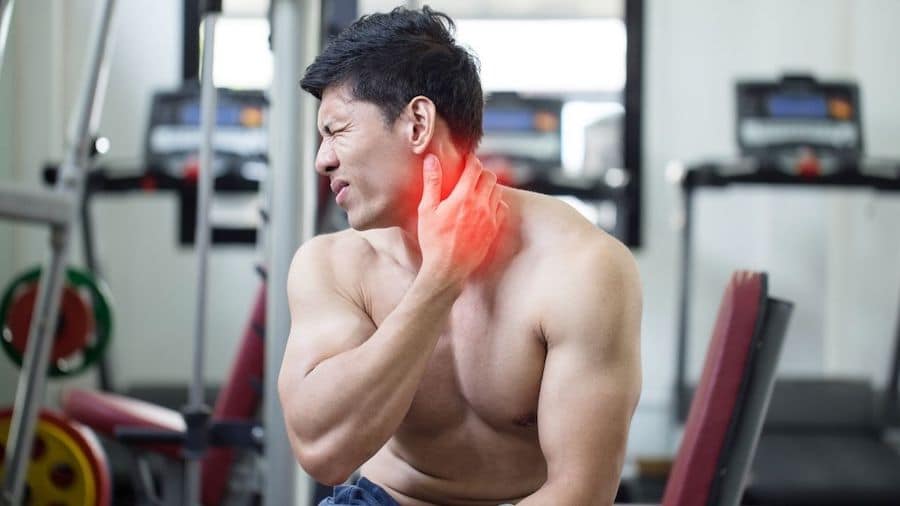
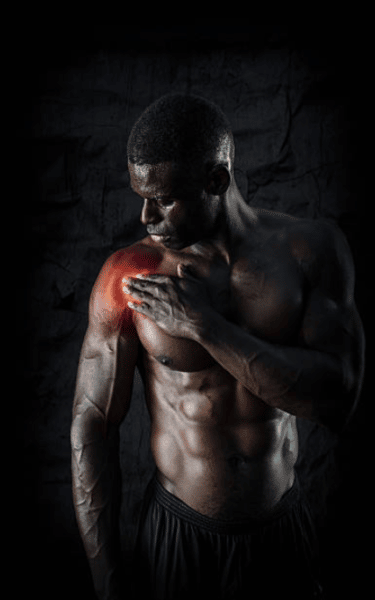
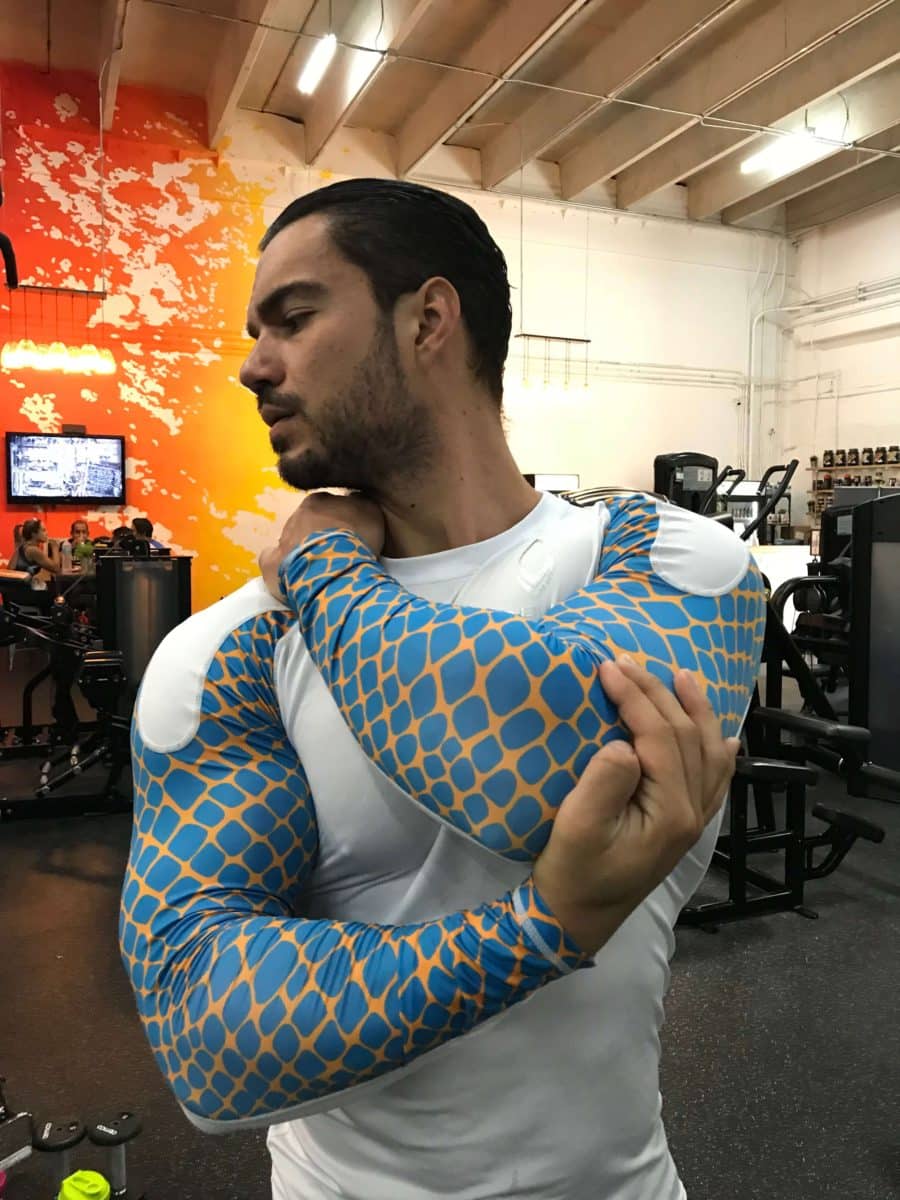
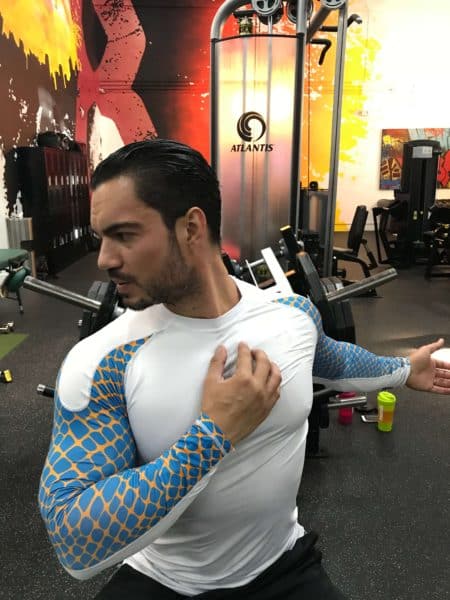
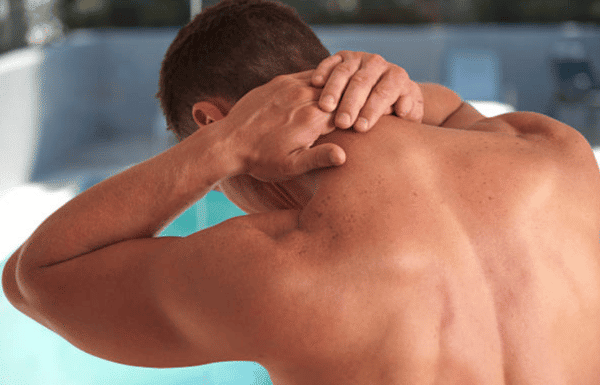






One Comment
Thank you for this interesting article, do you think that massages or electrostimulation can relieve aches and pains more quickly?